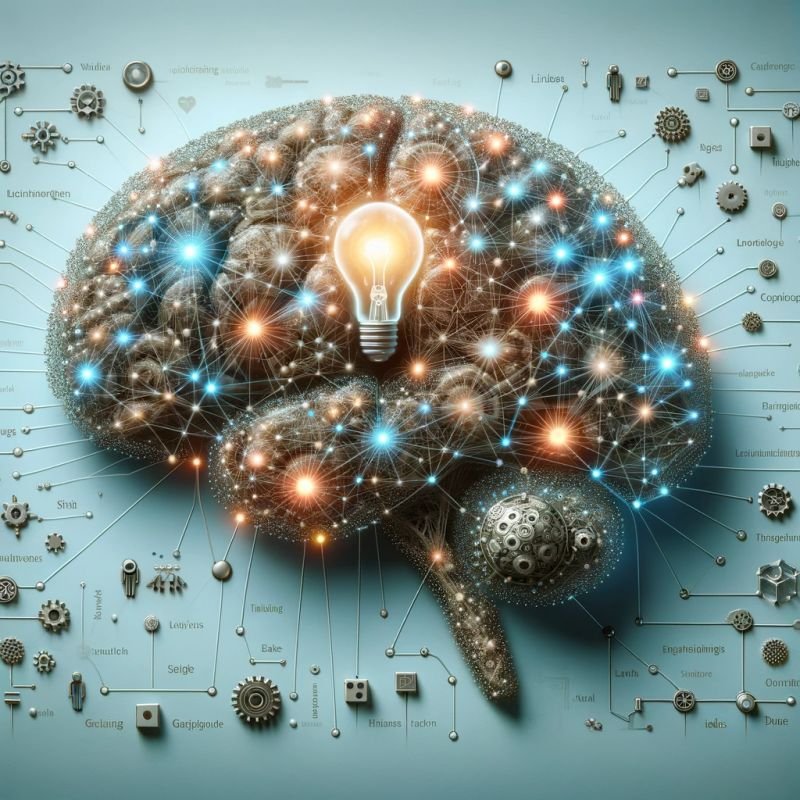
Who are you…really?
Motor profiles?
Motor profiles or motor preferences refers to movement that is instinctive, occurring without conscious thought or control. It is executed with ease and efficiency, often leading to quick and effective outcomes.
The most powerful method of profiling is through physical test assessments. This includes simple balance and coordination tests that enable us to interpret, explain, and clarify behavioral preferences. Of course, you will also receive accompanying course materials.
Your motor profile not only provides insight into your physical (athletic) inclinations but also reveals your unique personality, strengths, attributes, and learning strategy.
It explains the origins of your qualities and characteristics, which is where your true growth potential lies.
Below, you can view impressions of how the test assessments are conducted, as well as video clips demonstrating the scientific foundation on which they are based.
-

'Motor signatures'
This how we test you, profile you and find your resources. Verbal and non-verbal assessments will be applied. It’s a fascinating, mindblowing proces with clear, practical and powerfull results.
What empowers people most? It is their talent and competency profile that creates motion. What is your motor signature?
You are never merely a "profile." You are versatile and continually adapting. That is why I will demonstrate that, in fact, you embody multiple descriptions in one. That is what makes you much more unique then you realise. -

Body - Brain - Behaviour
You gain valuable insights into motor profiles and your learning functions—essentially, your brain functions. These functions reveal your typical behaviors as well as your challenges.
Through presentations and brain models, we make everything visually clear.
You learn about your character traits, competencies, typologies and relationships, learning strategies, communication and leadership styles, preferred tasks, and of course, how to create matches with suitable studies, roles, professions, and work environments.
-

'You move, therefore you learn'
Before you can excel in your talent or motor profile, there must be intention—a reason to initiate movement. We refer to this as motivation.
Motivational drivers are evaluated through separate exercises that you will be taught.
Motivation, or putting yourself in motion, can be trained. Your movement signature, your posture and attitude, the impression you make on others will influence your communication skills as well. Once you have studied motor signatures and learned how to apply them to project confident behavior, your success will grow.
Interested?
If so, let's schedule a no-obligation introductory meeting.
Go to the startpagina and let me know what you need.
- body-brain-behaviour -
Motricity drives the brain and is shown in your behaviour
examples
Amsterdam - Demo ATA with Bertrand
Sportzone Sittard (NL) - profiling elite athlete handball
Workshops Fontys Teachers Academy Sittard - coaching study postures (motricity) and relating learning strategies
Brabant Sport (NL) - info- & workshop introduction value of motorprofiles
Curaçao - ‘dual career guidance’ student athletes
Workshops pupils in our highschool (havo-vwo) - personalize your study strategies based on motor preferences -
Sportzone Sittard (NL) - workshop talent profiling - youngsters in a dual career
Dortmund (Ger) - profiling elite athlete pro-handball - Prep CL game
Workshop dual career IHandbal Aalsmeer (NL) Handbal talents (motricity) and ‘game style, attitude and personality’
“Brains have only one function: to produce functional bodily movements.”
This scientific understanding is the foundation on which this distinctive approach to study and career research is built.
Rodolfo Llinás - Professor Emiritus, Research Professor
Department of Neuroscience and Physiology Department of neuroscience, New York
“Professor Llinás is regarded as the founder of modern neuroscience. His contributions are reflected in over 800 scientific publications. If you’d like to learn more about his scientific insights, you can watch these two interviews below.”
Interview met Rodolfo Llinás: what are brains? Interview met Rodolfo Llinás: what do brains do?
Wetenschappelijke bronnen
ATA - Scientific Committee | The scientific validity in terms of Motor Signatures and Preferences
Prof. Dr. Eric Scherder (left) - Prof. Dr. Wolfgang Schollhorn - Prof. Dr. Jan Vermunt (right)
















